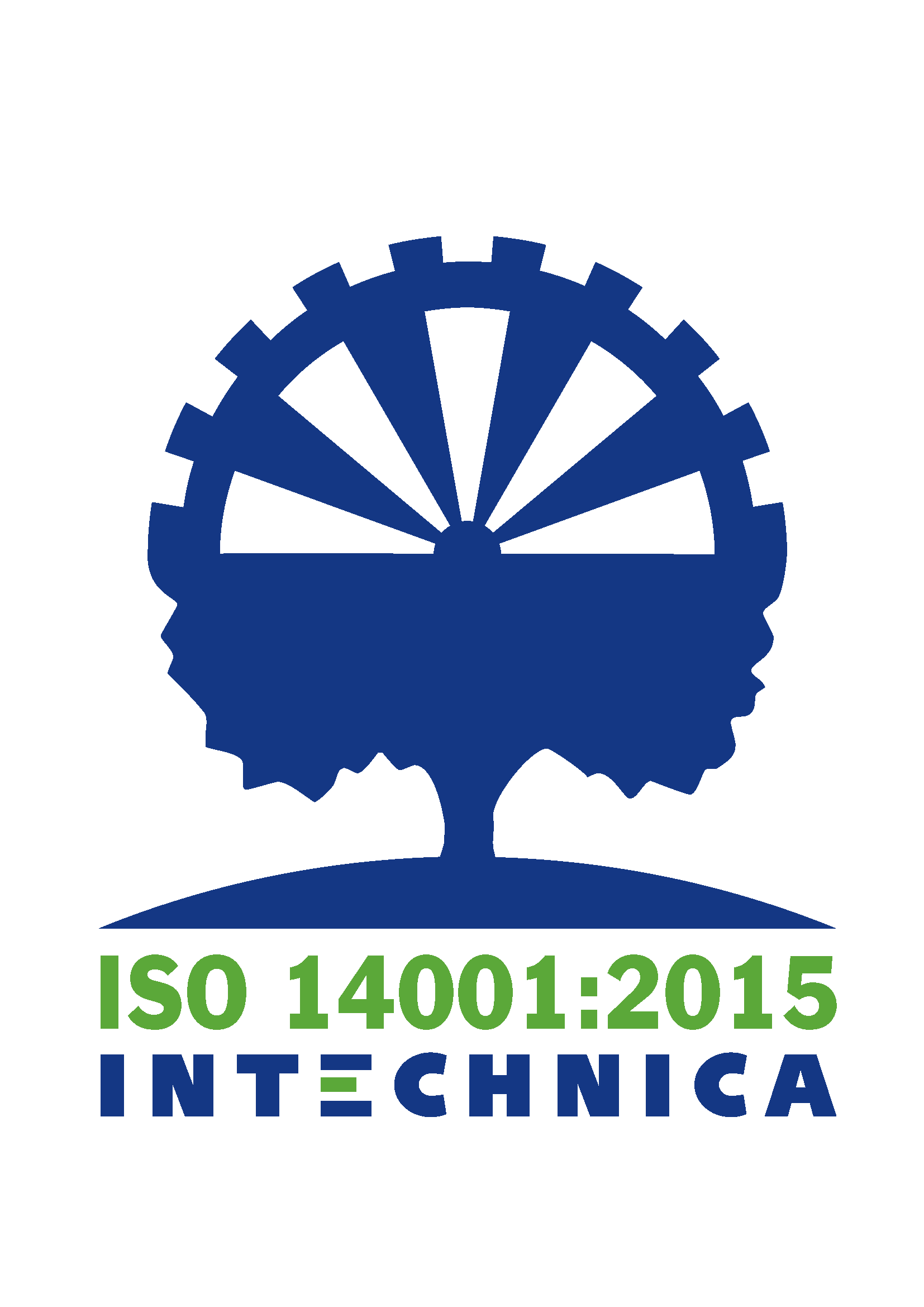If you are looking for an engineering spring manufacturer or supplier, you have come to the right place. In this article we will look in detail at compression springs according to DIN ISO 10243. Compression springs are a type of coil springs that come in different shapes and sizes and can be used in various applications. We will look at the properties, manufacturing methods, surface finishes and application areas of compression springs. We will also show you how to find the ideal manufacturer or supplier for your specific needs.
Properties of compression springs
Compression springs are specially developed coil springs that are characterized by their compression properties. They are made from high-quality round wire with no turns between turns. The most common shapes of compression springs are cylindrical, conical or double-conical with linear or progressive pitches. The constant length of a spring type is ensured by the most modern CNC machines, which also use optical control and sorting systems. This ensures high quality and accuracy in the production of compression springs.
Manufacture of compression springs
Compression springs are manufactured on CNC machines that enable precise machining. The end coils of the springs are ground on modern CNC-controlled grinding machines to ensure optimal surface finish. Compression springs can be supplied either cold-set or hot-set. Heat treatment involves monitoring the temperature during tempering to ensure consistent quality.
Surface finishing of compression springs
In order to meet the requirements of different applications, various surface finishes for compression springs are possible. Galvanic surface coatings such as pickling, cadmium plating, chrome plating, nickel plating, galvanizing and phosphating offer protection against corrosion and abrasion. Another surface treatment option is electropolishing, which creates a smooth and shiny surface. Vibratory grinding and sandblasting are used to clean and smooth the surface of the springs. Choosing the right surface finish depends on the specific requirements of your application.
Areas of application of compression springs
Compression springs are used in a variety of industries and applications. In the automotive industry, for example, they are used in chassis, brake systems and seats. In mechanical engineering, compression springs are used in machine tools, pumps and valves. In the electrical industry they are used in switches, connectors and electric motors. Other areas of application include medical technology, the furniture industry, the toy industry and aerospace. Compression springs are extremely versatile and can be customized to suit different requirements.
Choosing the right manufacturer or supplier
When looking for a compression spring manufacturer or supplier, it is important to find a partner who can deliver high quality products. Pay attention to the following criteria:
- Experience and expertise in the production of compression springs
- Certifications and quality standards
- Flexibility in adapting springs to specific requirements
- Reliable delivery times and customer service
- competitive prices
Compare multiple providers and get references and customer reviews to make the best decision for your business.
Conclusion
Compression springs according to DIN ISO 10243 are an important component in many technical applications. They provide a reliable and efficient solution to compression effects and are used in a wide range of industries. Choosing the right manufacturer or supplier is crucial to getting high quality and customized compression springs. Use the information in this article to make the best decisions for your business.









Leave A Comment